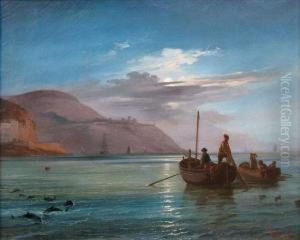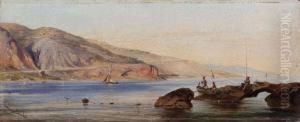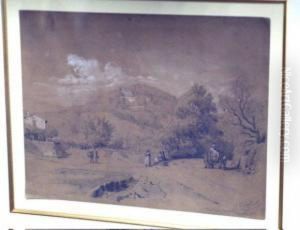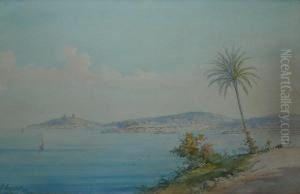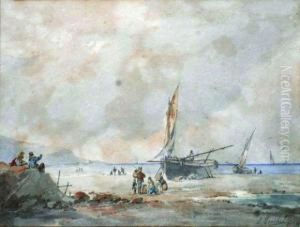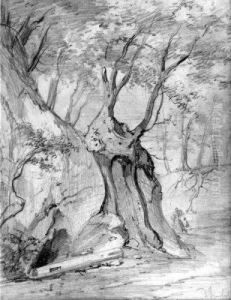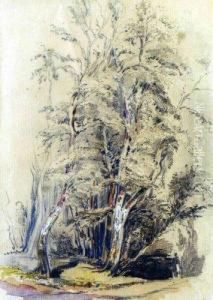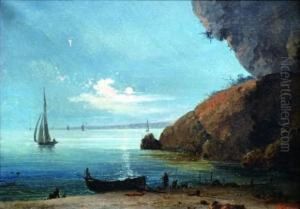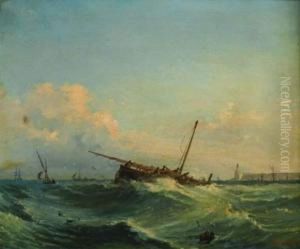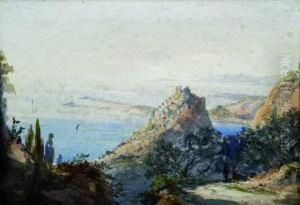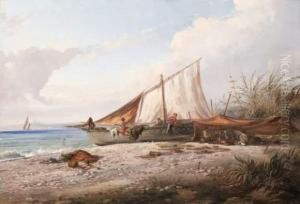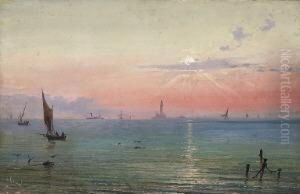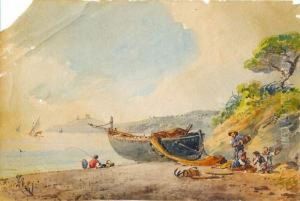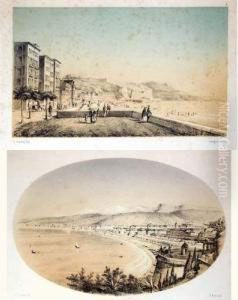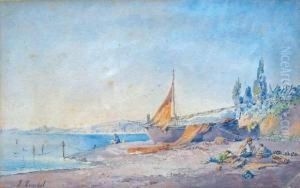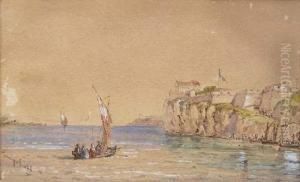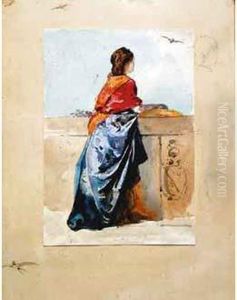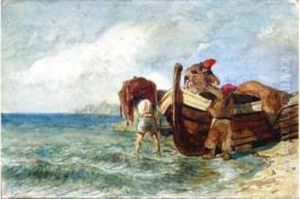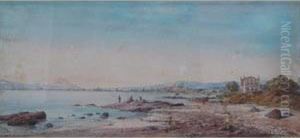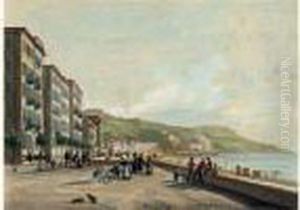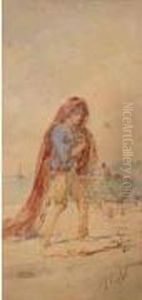Domenico, Dominique Trachel Paintings
Dominique Trachel, born Domenico Trachel on April 20, 1822, in Nice, then part of the Kingdom of Sardinia, was a French painter known for his contributions to the Nice school of painting. His work was primarily influenced by the neoclassical and romantic movements that were prominent during his time. Trachel's family was originally from the Lombardy region of Italy, but they moved to Nice where Dominique spent most of his life and developed his artistic career.
Trachel studied under the guidance of his father, Joseph Trachel, who was also a painter. He further honed his skills by studying at the École des Beaux-Arts in Paris, where he was exposed to the works of the great masters. His education in Paris played a pivotal role in shaping his style and artistic direction. Upon completing his studies, Trachel returned to Nice, where he became an influential figure in the local art scene, contributing to the cultural fabric of the region.
Throughout his career, Trachel painted a variety of subjects, including historical scenes, landscapes, and portraits. He is particularly noted for his religious paintings, some of which can be seen in the churches of Nice and the surrounding areas. His style combined the clear lines and formality of neoclassicism with the emotional depth and expressiveness of romanticism, creating works that were both precise and evocative.
In addition to his paintings, Trachel was also a respected teacher, imparting his knowledge and skills to the next generation of artists. He was deeply involved in the artistic community of Nice, and his contribution to the development of the Nice school of painting was significant. His work was exhibited in various salons, and he received recognition and awards for his artistic achievements.
Dominique Trachel passed away on February 23, 1909, in Nice. His legacy lives on through his artworks, which continue to be appreciated for their historical value and their reflection of the artistic trends of the 19th century. Trachel remains an important figure in the history of French art, particularly within the context of the cultural heritage of Nice.
